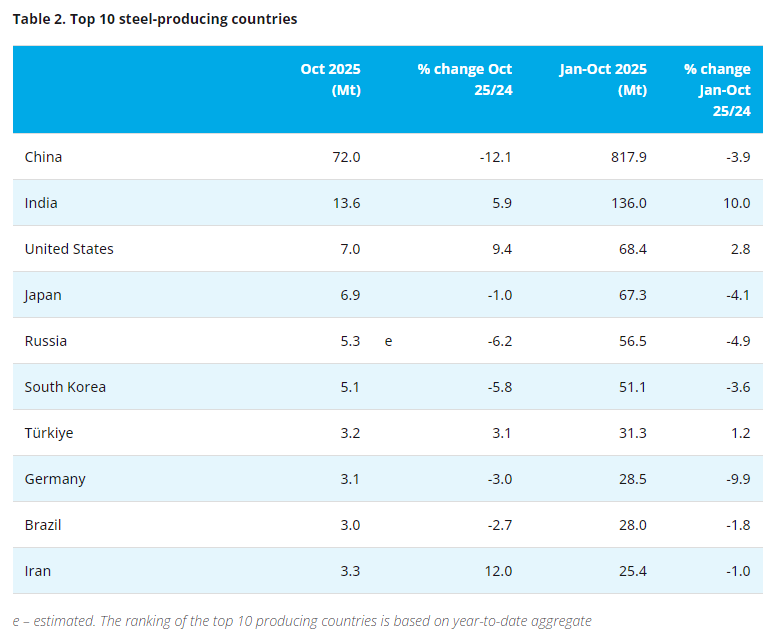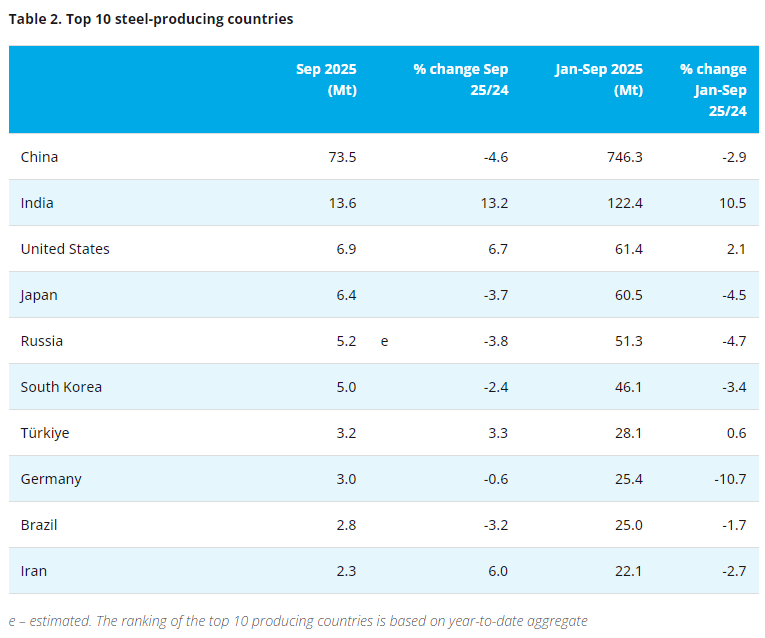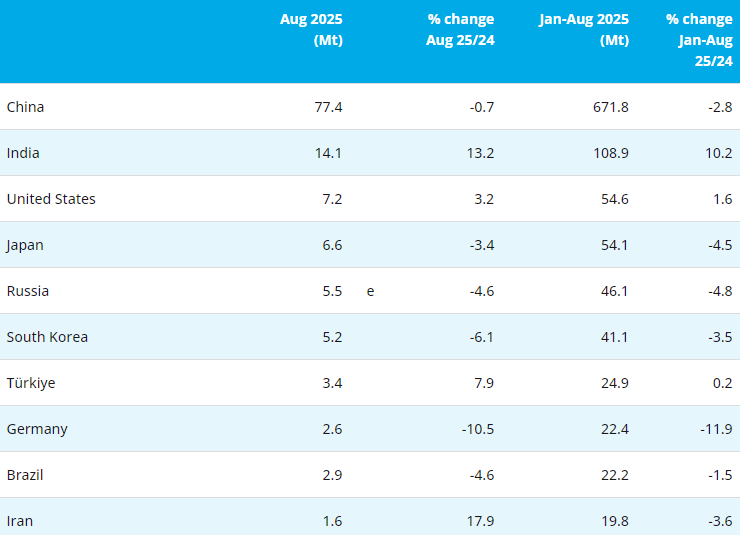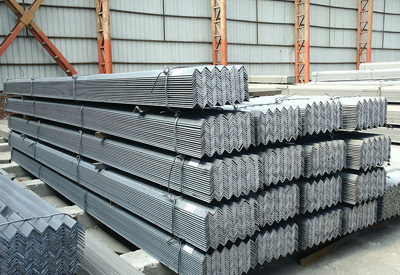[ferro-alloys.com]DeepGreen Metals, a Canadian start-up planning to extract cobalt and other battery metals from the seafloor, has added a new area to its seabed portfolio, which it believes could potentially help it solve the bottleneck supply of critical battery metals needed for the world’s green energy transition.
The strategic acquisition of Tonga Offshore Mining Limited (TOML), announced Tuesday, gives the Vancouver-based company exploration rights to a third area inside the Clarion-Clipperton Zone (CCZ) in the Pacific Ocean.
The 4,000-kilometre swath of ocean, stretching from Hawaii to Mexico, is known for containing enough nickel, copper, cobalt and manganese to build over 250 million electric vehicle batteries.
The new license covers 74,713 km2 of CCZ seabed, with an inferred resource of 756 million wet tonnes of polymetallic nodules — potato-sized metals-rich rocks that lie in a shallow layer of mud on the seafloor.
DeepGreen believes that producing critical battery metals from polymetallic nodules has the potential to eliminate or dramatically reduce most of the environmental and social impacts associated with traditional mining.
“We believe now more than ever that the world needs to work together to find solutions to address climate change,” the company’s CEO and chairman, Gerard Barron, said in the media release.
The news follows DeepGreen’s offshore engineering partner Allseas’ recent acquisition of a former ultra-deepwater drill ship for conversion to a polymetallic nodule collection vessel.
The vessel is being converted to accommodate a pilot nodule collection system. After the nodules have been collected and taken to shore they will be processed using a metallurgical flowsheet developed by DeepGreen.
Unlike other seafloor miners, the company doesn’t want to drill, blast or dig the bottom of the ocean. Its main goal is to scoop up small metallic rocks located thousands of metres below the surface in the Pacific.
The deep sea, accounting for more than half the world’s surface, contains more cobalt, nickel, copper, manganese and rare earth metals than all land reserves combined, according to the US Geological Survey.
Not enough studies
Mining companies exploring the seafloor argue the extraction of those deep-buried riches could help diversify the current sources of battery metals.
Academics and scientists, however, are concerned by the lack of research on the possible impacts of high seas mining. They fear the activity could devastate fragile ecosystems that are slow to recover in the highly pressurized darkness of the deep sea, as well as having knock-on effects on the wider ocean environment.
Two years ago, the European Parliament called for a ban on seabed mining until the environmental impacts and risks of disturbing unique deep-sea ecosystems are understood. In the resolution, it also urged the European Commission to persuade member states to stop sponsoring and subsidizing licenses to explore and exploit the seabed in international waters as well as within their own territories.
Shortly after, an international team of researchers published a set of criteria to help the International Seabed Authority (ISA), a UN body made up of 168 countries, protect biodiversity from deep-sea mining activities. So far, it has granted 29 licenses to governments and companies, authorizing them to explore in international waters.
(Mining.com)
- [Editor:王可]



 Save
Save Print
Print Daily News
Daily News Research
Research Magazine
Magazine Company Database
Company Database Customized Database
Customized Database Conferences
Conferences Advertisement
Advertisement Trade
Trade















 Online inquiry
Online inquiry Contact
Contact

Tell Us What You Think